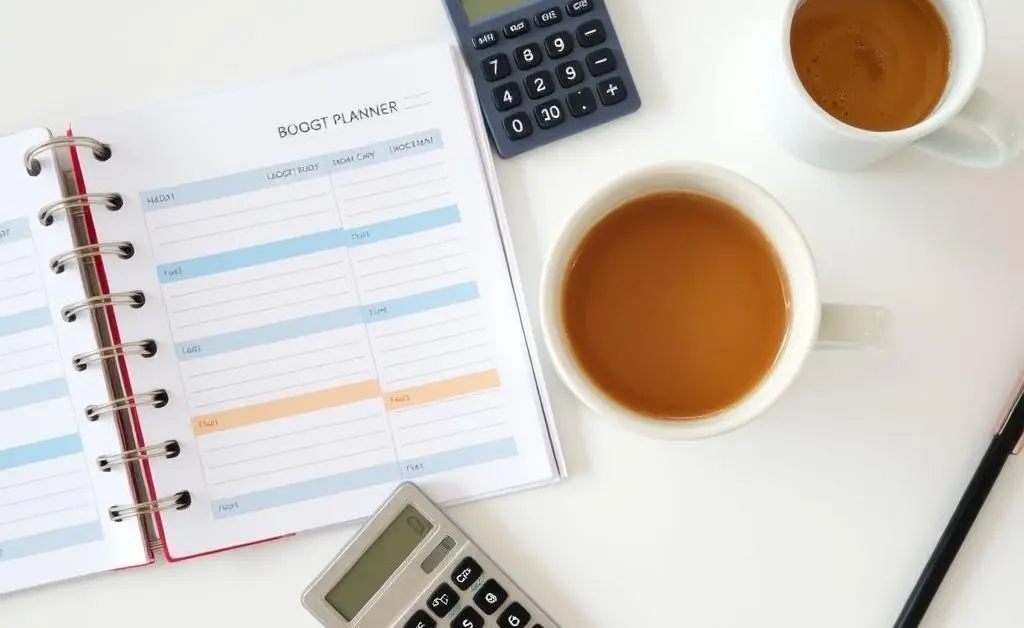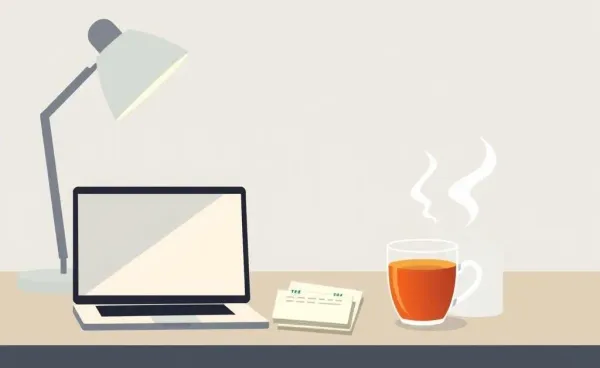Building Your Financial Safety Net: Why You Need a Rainy Day Fund
Discover the importance of having a rainy-day fund and learn how to start building yours today.

Have you ever had one of those unexpected expenses that seemed to come out of left field? You know, the ones that make you think, "If only I had a little stash of cash tucked away for times like these..." That's exactly where a rainy-day fund comes in handy.
What Is a Rainy Day Fund?
A rainy-day fund is a small amount of money you set aside to cover unexpected expenses—like a car repair or a surprise medical bill—that aren't part of your regular budget. Think of it as your financial umbrella for those unexpected downpours life tends to throw at us.

Why Do You Need One?
Without a rainy-day fund, a sudden expense could throw you off your financial track, causing stress and even debt. But having this fund ensures you're prepared, making surprise costs just a minor inconvenience rather than a complete budget buster.
Imagine this: You're driving home from work when your car decides today's the day for the alternator to go kaput. Not the welcome home gift you were expecting! If you've got a rainy-day fund, you can fix the issue without reaching for a credit card or dipping into your savings.
How to Start Building Your Rainy Day Fund
Starting a rainy-day fund might sound daunting, but it's easier than you think. Here are a few simple steps to get started:
- Set a Goal: Decide how much you want in your fund. A good rule of thumb is around $1,000 for small emergencies.
- Start Small: You don't need to save massive amounts overnight. Begin with small, regular contributions—say $20 a week.
- Automate Savings: Set up an automatic transfer to a separate account earmarked for emergencies. This helps you build your fund without having to think about it.

Where to Keep Your Rainy Day Fund
You might be wondering where to keep this stash of money. Ideally, it should be in an account you can easily access. Consider a high-yield savings account that offers good interest but still allows quick access when needed.

Conclusion
Having a rainy-day fund offers peace of mind, knowing you're covered for life's little hiccups. It's like a warm security blanket for your finances and can save you from a lot of headaches later on. How do you handle unexpected expenses without disrupting your budget?




